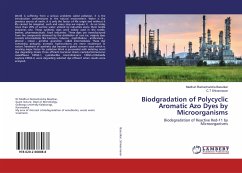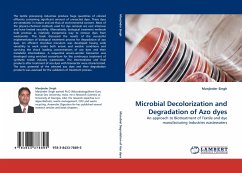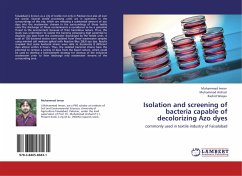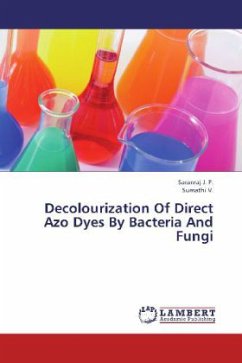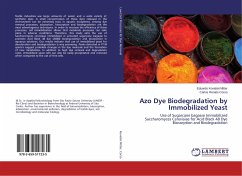This study was designed to determine the factors affecting RB5 decolourization in the environment. A total of 35 isolates (8 bacterial isolates and 27 fungal isolates) have been isolated from wastewater of dyeing and textile industries by enrichment culture technique using 100 mg/L RB5 as a sole carbon source. The obtained results showed that maximum dye decolorization was found to be in the concentration of 20 mg/L which was 70 % after treated with tested isolates for 7 days. We can conclude that these isolates might be useful in dye decolourization under aerobic degradation.According to aerobic degradation there are no toxic metabolites produced during RB5 degradation. The use of the immobilized cells, yeast extract, CuSO4 and adjustment of pH, inoculum size concentration dye initial dye concentration and incubation conditions can contribute to the enhancement of RB5 decolourization in textile wastewater
Bitte wählen Sie Ihr Anliegen aus.
Rechnungen
Retourenschein anfordern
Bestellstatus
Storno


